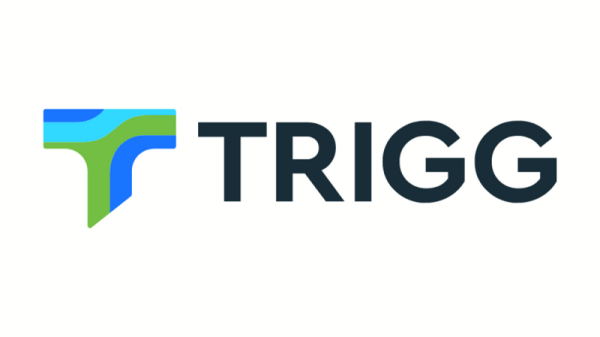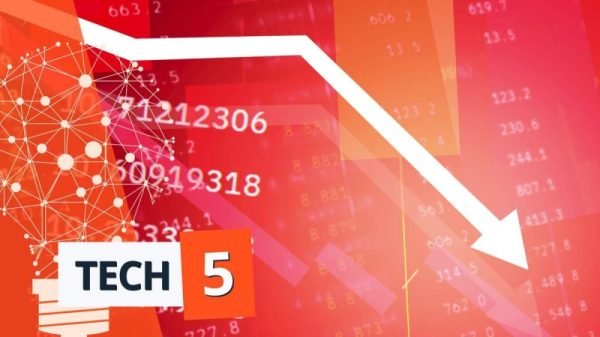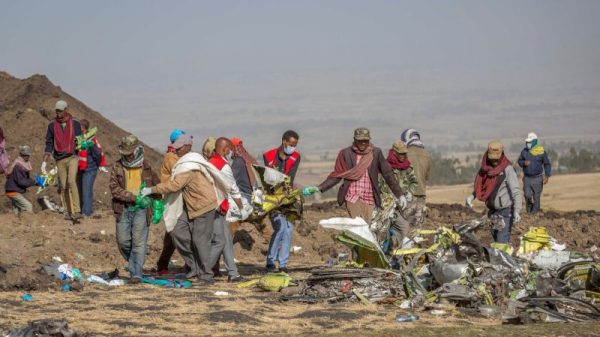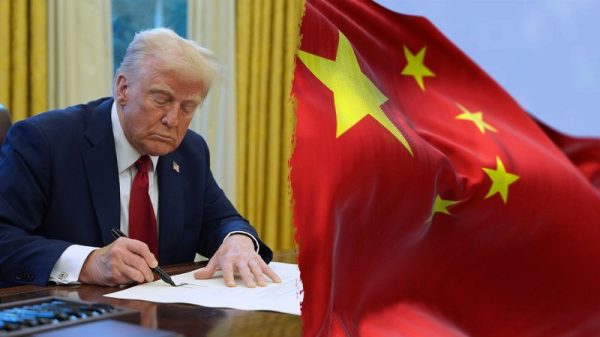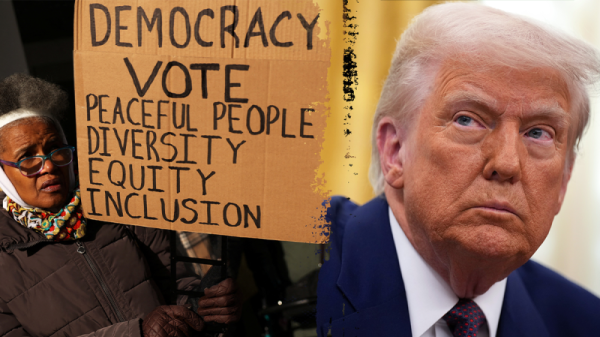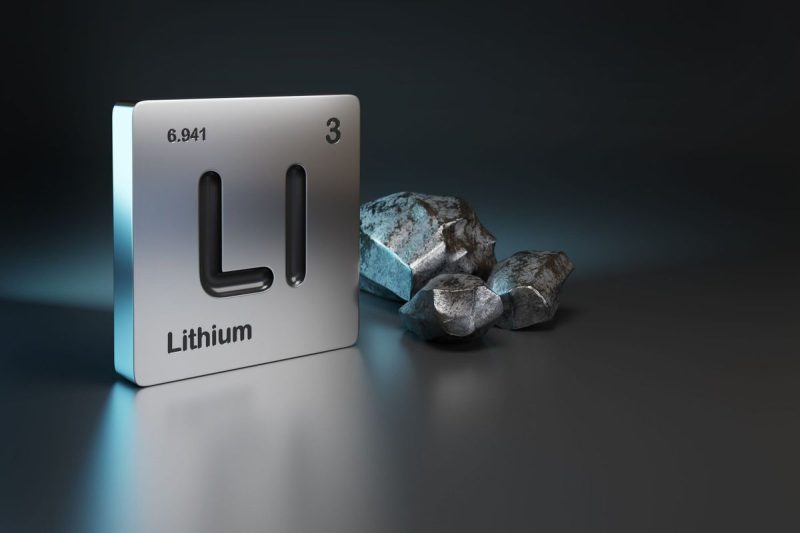Interest in lithium continues to grow due to its role in the lithium-ion batteries that power electric vehicles (EVs). As a result, more and more attention is landing on the top lithium-producing countries.
About 80 percent of the lithium produced globally goes toward battery production, but other industries also consume the metal. For example, 7 percent of lithium is used in ceramics and glass, while 4 percent goes to lubricating greases.
According to the US Geological Survey, lithium use in batteries has increased in recent years due to the use of rechargeable batteries in portable electronic devices, as well as in electric tools, EVs and grid storage applications.
Manufacturers commonly use lithium carbonate or lithium hydroxide in these batteries rather than lithium metal. Lithium-ion batteries also include other important battery metals, such as cobalt, graphite and nickel.
As demand for lithium continues to rise, which countries will provide the lithium the world requires? The latest data from the US Geological Survey shows that the world’s top lithium-producing countries are doing their best to meet rising demand from energy storage and EVs — in fact, worldwide lithium production rose sharply from 2022 to 2023, coming in at 180,000 metric tons (MT) of lithium content last year (not including US production), compared to 146,000 MT in 2022.
What are the top lithium-producing countries?
Australia, Chile and China were the top three lithium countries in 2023, and Brazil and Zimbabwe rose significantly in the ranks. Read on for an overview of global lithium production by country. As the EV lithium-ion battery market continues to grow, it’s likely these countries will vie for larger roles in supplying the metal in the years to come.
1. Australia
Mine production: 86,000 MT
Kicking off this lithium production by country list is Australia, which produced 86,000 MT of lithium last year, up from 74,700 MT the year before. Following that increase, it’s likely the country’s lithium production will see a decline in 2024 as demand for EVs has stalled in the current slowing economic climate, leading to much lower lithium prices. In fact, Australia’s lithium miners have already begun to curb production rates.
Who owns Australia’s largest lithium mines? The Greenbushes lithium mine in Western Australia is operated by Talison Lithium, a subsidiary that is jointly owned by miners Albemarle (NYSE:ALB), Tianqi Lithium (OTC Pink:TQLCF,SZSE:002466) and IGO (ASX:IGO,OTC Pink:IPDGF). Greenbushes has been in operation for over a quarter of a century, making it the longest continuously running mining area in the state. Mount Marion, a joint venture between Mineral Resources (ASX:MIN,OTC Pink:MALRF) and Ganfeng Lithium (OTC Pink:GNENF,SZSE:002460,HKEX:1772), is another key lithium mine in Australia. The mine is located in the Yilgarn Craton, southwest of Kalgoorlie.
Australia also holds over 4.8 million MT of identified JORC-compliant lithium reserves, which puts it behind Chile. It is worth noting that most of the country’s lithium supply is exported to China as spodumene.
2. Chile
Mine production: 44,000 MT
Lithium miners in Chile increased the nation’s output from 38,000 MT of lithium in 2022 to 44,000 MT last year, making it the second top lithium producer in the world. Unlike Australia, where lithium is extracted from hard-rock mines, Chile’s lithium is found in lithium brine deposits.
The Salar de Atacama salt flat in Chile generates roughly half the revenue for SQM (NYSE:SQM), a top lithium producer. The Salar de Atacama is also the home of another top lithium brine producer — US-based Albemarle.
In April 2023, market participants and lithium miners were surprised by the Chilean government’s plans to nationalize the lithium industry. While ultimately it wasn’t a true nationalization, the country is moving to gain controlling stakes in lithium assets in the Salar de Atacama and Maricunga through its state-owned mining company Codelco.
SQM has signed an arrangement with Codelco that will allow it to continue operations in the Salar de Atacama until 2060. The two companies will create a new entity for the operations, with Codelco owning 50 percent plus one share of the company. Albemarle recently agreed to a deal that will give it the option to raise its production quota by meeting certain conditions. In March 2024, Chile also opened over two dozen other salt flats for private investment.
Lithium brine operations in Chile’s Salar de Atacama.
Freedom_wanted / Shutterstock
3. China
Mine production: 33,000 MT
China came third for lithium production in 2023, beating fourth place Argentina significantly. The Asian country saw its lithium supply grow to 33,000 MT last year from 22,600 MT the year prior.
China is the largest consumer of lithium due to its electronics manufacturing and EV industries. It also produces more than two-thirds of the world’s lithium-ion batteries and controls most of the world’s lithium-processing facilities. China currently gets the majority of its lithium from Australia, but it is looking to expand its capacity.
In January of this year, China announced the discovery of a massive million-metric-ton lithium deposit in the country’s Sichuan Province. However, China’s lithium production capacity is unlikely to increase much in 2024 as slowing EV demand in the country has in turn dampened demand for lithium.
4. Argentina
Mine production: 9,600 MT
Lithium producer Argentina’s output ticked up by 3,010 MT from 2022, with the nation putting out 9,600 MT in 2023.
It’s well known that Bolivia, Argentina and Chile make up the Lithium Triangle. Argentina’s Salar del Hombre Muerto district hosts significant lithium brines, and its reserves are enough for at least 75 years.
At present, lithium mining in the country consists of two major brine operations currently in production and 10 projects that are in development. Analysts at consultancy firm Eurasia Group project that Argentina’s lithium production has the potential to grow approximately tenfold by 2027, as per CNBC.
One of the largest lithium miners in Argentina is Arcadium Lithium (ASX:LTM,NYSE:ALTM), the result of the January 2024 merger of Livent and Allkem. The new entity is the third largest lithium producer in the world.
5. Brazil
Mine production: 4,900 MT
Lithium production in Brazil has taken off in the last several years, catapulting it onto the list of the top lithium-producing countries. After achieving output of 400 MT or less from 2011 to 2018, the country’s production hit 2,400 MT in 2019. Brazil saw another significant jump last year, when its lithium output rose by 2,270 MT over 2022’s 2,630 MT.
Brazil’s government plans to invest more than US$2.1 billion by 2030 into expanding the nation’s lithium production capacity. At the state level, in 2023 the Minas Gerais government launched the Lithium Valley Brazil initiative, which is aimed at promoting investment in lithium mining. The program includes four publicly listed lithium companies with assets in the state’s Jequitinhonha Valley: Sigma Lithium (TSXV:SGML,NASDAQ:SGML), Lithium Ionic (TSXV:LTH,OTCQX:LTHCF), Atlas Lithium (NASDAQ:ATLX) and Latin Resources (ASX:LRS,OTC Pink:LRSRF).
6. Zimbabwe
Mine production: 3,400 MT
Zimbabwe’s lithium output has grown exponentially in a short space of time. Just a few years ago, in 2021, the African nation’s output came in at only 710 MT. As of 2023, that figure has grown by 378 percent to reach 3,400 MT of the battery metal. Total reserves in Zimbabwe stand at 310,000 MT, as per the US Geological Survey.
In December 2022, Zimbabwe banned the export of raw lithium in an effort to build out the nation’s capacity to process battery-grade lithium domestically. The ban excludes companies that are already developing mines or processing plants in Zimbabwe. Lithium concentrate is now on track to become Zimbabwe’s third biggest mineral export, behind gold and platinum-group metals, reported Reuters in November 2023.
Lithium-producing countries in Africa have attracted much attention from Chinese firms in recent years, especially Zimbabwe. Sinomine Resource Group (SZSE:002738), for example, bought a stake in Zimbabwe’s emerging lithium industry with the purchase of the Bikita mine, the African nation’s oldest lithium mine.
Zimbabwe’s other key lithium mines include Zhejiang Huayou Cobalt’s (SHA:603799) Arcadia mine and state miner Kuvimba Mining House’s Sandawana mine. A few other advanced lithium projects reached the pilot plant production stage in 2022 and 2023: Premier African Minerals’ (LSE:PREM) Zulu lithium-tantalum project; Chengxin Lithium’s (SZSE:002240) Sabi Star lithium-tantalum mine; and Lonosphere Investment’s open-pit mine in Mataga Mberengwa. Pilot plant stage production is not typically included in total global lithium supply estimates.
6. Canada
Mine production: 3,400 MT
Canada’s lithium production for 2023 was on par with Zimbabwe’s 3,400 MT. The North American nation substantially increased its production of the battery metal with a rise of more than 553 percent from the previous year.
While Canada is home to a wealth of hard-rock spodumene deposits and lithium brine resources, much of it remains underdeveloped. In an effort to grow a strong North American lithium supply chain for the battery industry, the government has invested in a number of lithium projects, including C$27 million for E3 Lithium (TSXV:ETL,OTCWX:EEMMF), a lithium resource and technology company, and C$1.07 million to Prairie Lithium.
Taking it further, in November 2023, the Canadian government launched the C$1.5 billion Critical Minerals Infrastructure Fund. The fund seeks to address gaps in the infrastructure required for the sustainable development of the nation’s critical minerals production, including battery metals like lithium.
Canada’s efforts were rewarded in early 2024, when BloombergNEF gave the nation the top spot in the fourth edition of its Global Lithium-ion Battery Supply Chain Ranking.
8. Portugal
Mine production: 380 MT
Portugal’s lithium production dropped by two-thirds in 2022, coming in at 380 MT compared to 900 MT in the previous year. For 2023, the European nation’s lithium output remained at 380 MT. The dramatic decline is attributed to public backlash against the environmental impact of lithium mining.
Most of Portugal’s lithium comes from the Gonçalo aplite-pegmatite field. Despite this lithium-producing country’s comparatively low output, Portugal’s lithium reserves stand at 60,000 MT.
9. United States
Mine production: withheld
In the final place on this top lithium-producing countries list is the US, which has withheld production numbers to avoid disclosing proprietary company data. Its only output last year came from two operations: a Nevada-based brine operation, most likely in the Clayton Valley, which hosts Albemarle’s Silver Peak mine, and the brine-sourced waste tailings of Utah-based US Magnesium, the largest primary magnesium producer in North America.
There are a handful of major lithium projects underway in the US, including Lithium Americas’ (TSX:LAC,NYSE:LAC) Thacker Pass lithium claystone project, Piedmont Lithium’s (ASX:PLL,NASDAQ:PLL) hard-rock lithium project and Standard Lithium’s (TSXV:SLI,OTCQX:STLHF) Arkansas Smackover lithium brine project.
Securities Disclosure: I, Melissa Pistilli, hold no direct investment interest in any company mentioned in this article.

